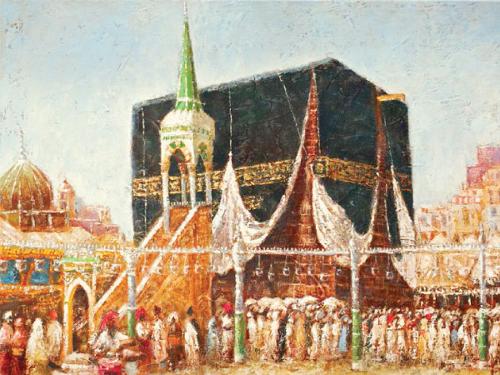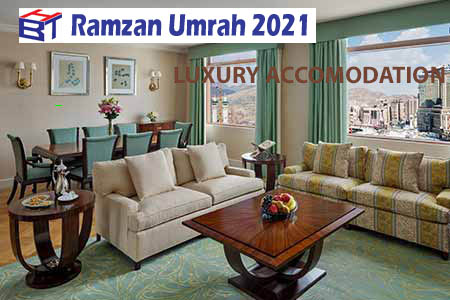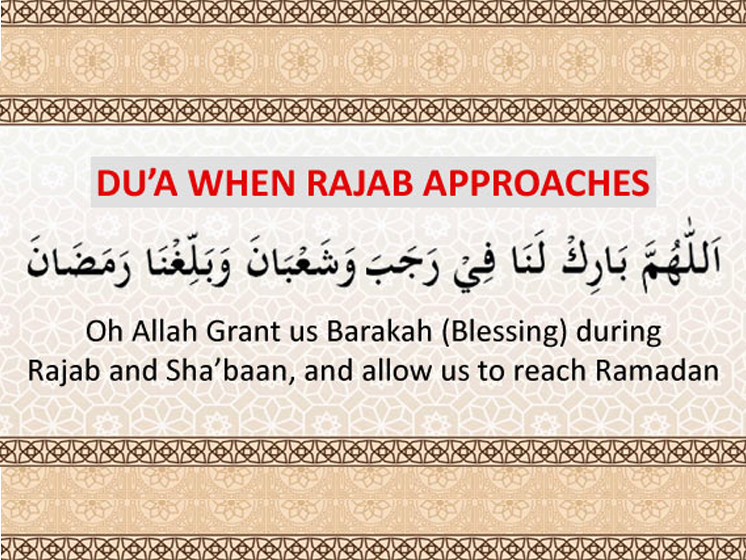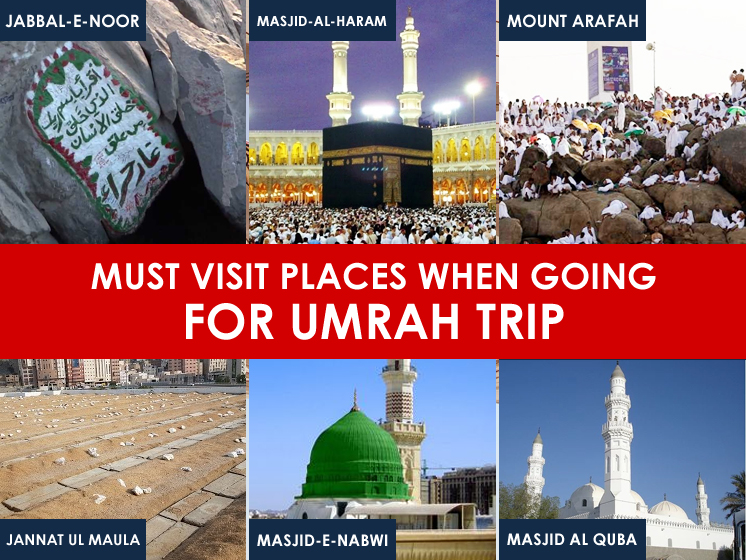‘Hajj Journey Through the Ages’ Explores the history of Hajj
A series of 43 original oil paintings by Saudi artist Reem Nazir entitled ‘Hajj Journey Through the Ages’ explores the history of the Haj, a pilgrimage to the holy city of Makkah, which is one of the five pillars of Islam and including a visit to the holy city of Madinah.

Image by: Saudi Gazette
An exhibition of the paintings is to be held at the Jeddah Municipality’s Grand Exhibition Hall on Oct. 22 to Nov. 14.
This series depicts a bygone era, when the long and arduous travel to the Hijaz was mostly undertaken by camel caravan and traditional sailing dhows, before the advent of steamships, trains and air travel.
The series is streamlined in a catalog, which is introduced by the President of the Saudi Commission for Tourism and Antiquities (SCTA) Prince Sultan Bin Salman. The catalog carries a preface by Mayor of Jeddah Dr. Hani Ibn Mohamed Abu Ras.
Prince Sultan in his introduction says, “God says in His Holy Book ‘And (remember) when Ibrahim (Abraham) and (his son) Ismail (Ishmael) were raising the foundations of the House (the Kaaba at Makkah), (saying), ‘Our Lord! Accept (this service) from us. Verily! You are the All-Hearer, the All-Knower.’” “With this sacred command, the history of Haj originated and with it began the influx of pilgrims arriving from all corners of the earth, to visit His house in Makkah, in compliance with His summons to His Prophet Ibrahim (peace be upon him) ‘And proclaim to mankind the Haj (pilgrimage). They will come to you on foot and on every lean camel, they will come from every deep and distant mountain highway (to perform Haj).’”
“After Allah hailed our Prophet Muhammad (peace be upon him) as his messenger, Haj became the fifth pillar of Islam: ‘And Haj to the House is a duty that mankind owes to Allah, those who can afford the expenses (for one’s conveyance, provision and residence); and whoever disbelieves (i.e. denies Haj, then he is a disbeliever of Allah), then Allah stands not in need of any of the ‘Alamin (mankind and jinns).’”
Since the rise of Islam and throughout all periods of Islamic history, people have been coming to perform Haj on foot, riding on the backs of animals, or braving the seas in traditional boats. Those pilgrims endured numerous hardships and perils. In modern times during the reign of Al Saud and since the establishment of the Kingdom of Saudi Arabia, a revolution in transportation and communications has enabled unprecedented numbers of Muslims from around the world to travel to Makkah to perform Haj and ‘Umrah’ (the lesser Haj), a feat which the early historians and visitors of yonder years would not have been able to fathom.
This was only possible due to the efforts of King Abdulaziz (may God bless his soul) who put in place a well-founded policy giving utmost priority to the custodianship of the Two Holy Mosques and other holy places. The Kings, his sons, who came after him, followed in his footsteps, until the current reign of Custodian of The Two Holy Mosques King Abdallah, who dedicated all the resources of the state for developing the infrastructures to be utilized in the service of the pilgrims and the visitors performing the ‘Umrah’.
In addition to development projects in Makkah and the areas surrounding the Grand Mosque, Madinah is undergoing a pioneering developmental process at the helm of which is the great expansion of the Prophet’s Mosque and the development of the central area, as well as connecting Madinah with Makkah by the ‘Two Holy Mosques Railway Project’.
‘Hajj Journey Through the Ages’, an exhibition of paintings by the distinguished Saudi artist Reem Nazir takes us back in memory to bygone times, recorded and described through the eyes of historians and in the journals of travelers, who made the journey to Haj in those days, allowing the artist’s imagination to depict images of instances in the past in the exact locations that hosted the pilgrims.
The exhibition permits us to get a glimpse of some of the hardships and difficulties that the pilgrims had to undergo in order to perform their religious obligations. At the same time, it reminds us of the ecstasy experienced by the worshiper, who shuns worldly garbs and dons the pilgrim’s ‘ihram’ (the seamless cloth worn by pilgrims during Haj rituals), ready to be received by his/her Creator with constant supplication and prayer along with all Muslims performing their Haj rituals and hoping to receive God’s blessings.
It is a scene that truly captures the heart and this creative space allows us to witness this journey of pilgrims traveling from all four corners of the earth.
The mayor writes in the preface, from the inception of Islam and the enlightened message from God, a message emanating from this land that holds in its fold the two holiest spots on the planet, a Muslim can observe how the Haj journey commenced.
Through history, Hajis have endured great hardships and difficulties in undertaking this journey. By the grace of God, and by the efforts of the government, through its massive projects in the holy mosques, this journey became a truly rewarding one.
‘Hajj Journey Through the Ages’ is an exhibition of 43 oil paintings by the artist Reem Nazir, that encapsulates the difficulties this journey entailed. It is fitting that this exhibition opens in Jeddah, the gateway to the two holy mosques. This exhibit will move to other venues within Saudi Arabia and then to other parts of the world to bear witness to the Muslim’s faith and proof of the development of the Haj journey over the Millennia.
It has been an enormous documentary effort that entailed diligent historical research and will be an important reference to both students and academics in the future.
Alongside the paintings in the catalog are historic reference photographs, mostly taken from the archives of the Barakat Trust and Royal Geographical Society that relate to the scenes depicted in the paintings. In addition, descriptions of each scene are provided by a variety of historical ‘voices.’
Evocative quotations of first-hand witnesses, from the earliest Islamic historians and travelers, through to later Eastern and Western travelers, are used in addition to verses from the Holy Qur’an and traditional sayings of the Prophet Muhammad (peace be upon him).
A 56-page catalog featuring all paintings is available during the exhibition. A forthcoming publication, available in both Arabic and English languages, will reproduce all works from the exhibition alongside a more expansive set of photographs and text of direct quotations giving first hand accounts of the Hajj rituals, as well as the various customs, perils and adventures experienced on this journey to and from the holy cities.
The scenes depicted and their historical references will appeal to millions of pilgrims past, present, and future, in addition to others with an interest in the history, geography, archaeology and traditional architecture of the Islamic World.
We(British Haj Travel) have a wide range of spiritual journey packages some of them Packages are Given Below:
Umrah Packages | Hajj Packages | Ramadan Umrah Packages | December Umrah Packages
Article source: Saudi Gazette





